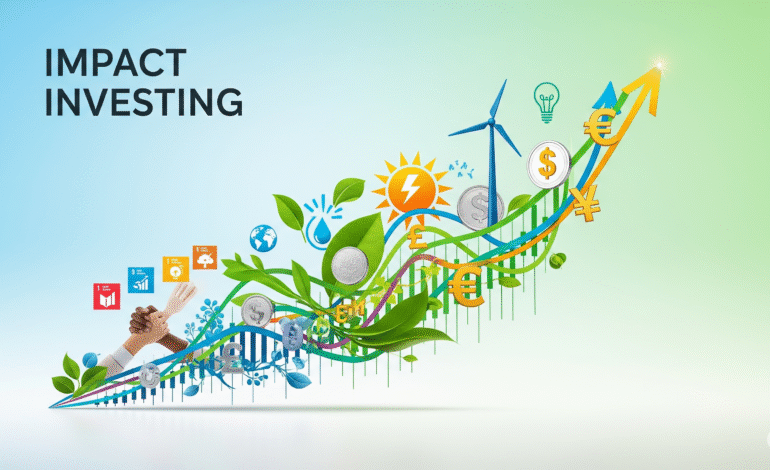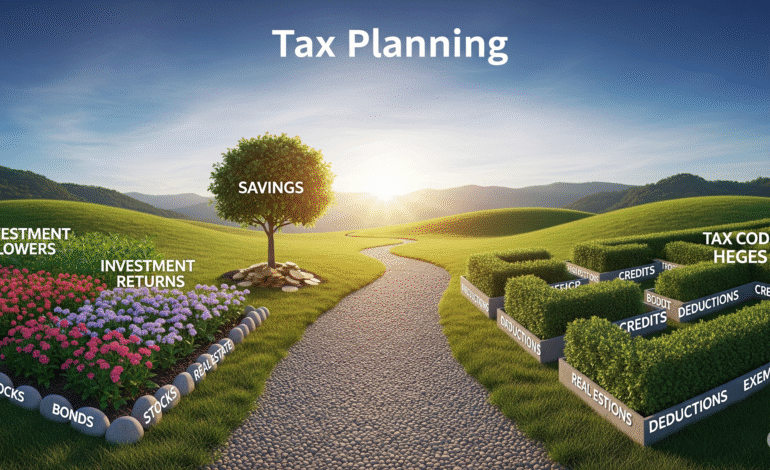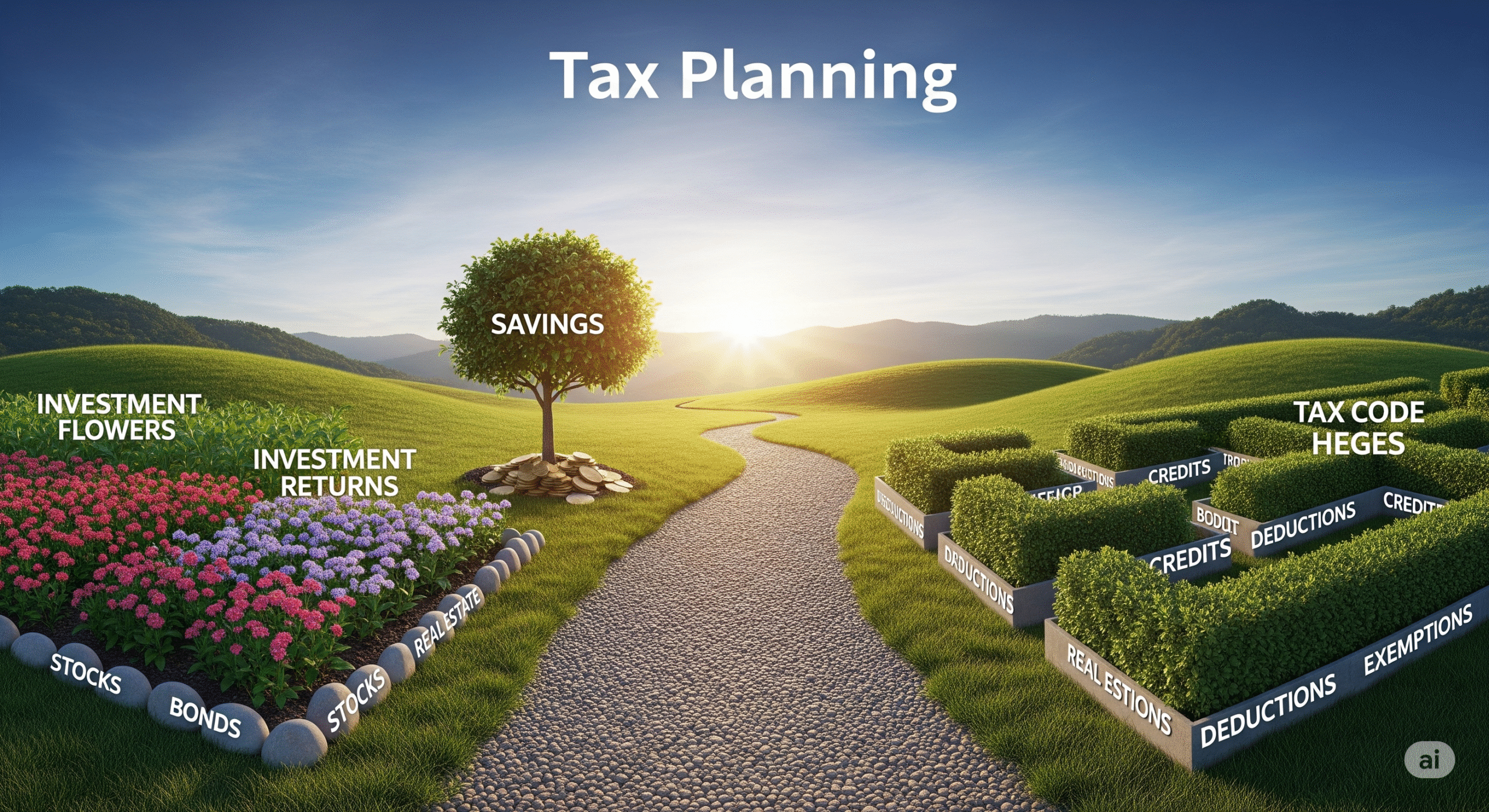Impact Investing Explained: How to Make Money & Make a Difference

For a long time, investing seemed like it was just about one thing: making money. The more profit, the better, right? But what if you could put your money into companies and projects that not only aim to grow your wealth but also actively work to solve some of the world’s biggest problems? Welcome to the exciting world of impact investing.
It’s a way to invest that goes beyond profit, seeking to generate both a financial return and a positive, measurable social impact or environmental impact. Think of it as investing for good, where your money becomes a force for positive change.
What Exactly Is Impact Investing?
At its heart, impact investing is about intentionality. It’s not just about avoiding “bad” companies (which is often what Socially Responsible Investing (SRI) or Ethical Investing focus on). Instead, impact investing actively seeks out and supports businesses, organizations, and funds that are committed to creating a specific, beneficial impact on society or the planet, alongside aiming for a financial return.
It’s the idea of pursuing a “double bottom line” (or even a “triple bottom line” if you count environmental impact separately). Investors in this space want to see their money contributing to things like:
- Renewable energy projects that fight climate change.
- Affordable housing initiatives that help communities.
- Companies providing clean water solutions.
- Businesses promoting financial inclusion for underserved populations.
- Ventures focused on sustainable agriculture or education access.
The key differentiator is that the positive change isn’t just a happy byproduct; it’s a core goal and is often measurable impact.
Impact Investing vs. Other “Responsible” Investing
The world of values-aligned investing can get a little confusing, with terms like ESG Investing and SRI. Let’s clear up the main differences:
- Socially Responsible Investing (SRI): This approach typically involves screening investments. You might exclude companies involved in tobacco, firearms, or fossil fuels. It’s often about “doing no harm” or avoiding industries that conflict with your values.
- ESG Investing (Environmental, Social, Governance): This is about analyzing companies based on how well they manage environmental, social, and governance factors. An investor might choose a company with strong carbon reduction targets (E), fair labor practices (S), and transparent leadership (G), believing these factors indicate better long-term financial performance and lower risk. It’s more about how a company operates responsibly than its core product or service’s direct impact.
- Impact Investing: This is the most proactive approach. It’s not just about screening out or evaluating operations; it’s about directly funding businesses or projects whose primary mission is to create positive social or environmental change. The impact is central to the investment thesis.
Think of it like this:
- SRI: “I won’t invest in companies that do bad things.”
- ESG: “I’ll invest in well-managed companies that consider environmental, social, and governance factors.”
- Impact Investing: “I will invest in companies whose products, services, or operations directly create a positive impact.”
How Does Impact Investing Work?
Impact investing isn’t a single type of investment; it’s an umbrella term for a range of strategies across various asset classes. This means you can find impact investing opportunities in many different forms:
- Private Equity & Venture Capital: This is where a significant portion of impact funds operates. They invest directly into private companies (often social enterprises) that are early-stage or growing, providing capital to scale their impactful solutions. For example, a venture capital fund might invest in a startup developing breakthrough clean energy technology.
- Debt (Loans & Bonds):
- Community Development Financial Institutions (CDFIs): These are financial organizations (like community banks or credit unions) that provide loans to underserved communities, often for affordable housing, small business development, or local infrastructure projects.
- Green Bonds: These are specific types of bonds issued by companies or governments to finance environmentally friendly projects, such as renewable energy initiatives or clean water infrastructure.
- Social Bonds: Similar to green bonds, but the proceeds are used to fund projects with positive social outcomes, like healthcare facilities or educational programs.
- Public Equities (Stocks): While direct impact is harder to guarantee with publicly traded companies (as their primary mandate is often shareholder profit), some funds focus on publicly listed companies that have exceptionally strong impact missions or are leaders in sustainable practices. This often overlaps heavily with ESG Investing.
- Real Assets: Investments in physical assets that have a direct positive impact, such as sustainable agriculture land, solar farms, or affordable housing developments.
Key Characteristics of an Impact Investment:
The Global Impact Investing Network (GIIN), a leading industry organization, identifies four core characteristics:
- Intentionality: The investor must have the explicit intention to generate positive social and/or environmental impact through the investment. This isn’t accidental.
- Financial Return Expectations: Impact investments expect a financial return, ranging from below-market (e.g., concessionary loans to a non-profit) to market-competitive (e.g., investing in a profitable solar company). It’s not philanthropy, though venture philanthropy can sometimes overlap.
- Range of Returns & Asset Classes: Impact investments can be made across various asset classes (like those listed above) and can target different levels of return.
- Impact Measurement: This is crucial. Impact investors commit to measuring and reporting the social and environmental performance of their investments. This ensures transparency and accountability and helps track the measurable impact.
Why Choose Impact Investing? Benefits & Motivations
People choose impact investing for a variety of compelling reasons, reflecting a shift in how many view the purpose of money and wealth.
- Making a Real Difference: This is often the primary driver. Investors want to see their capital actively contribute to solving pressing global issues like climate change, poverty alleviation, and improving healthcare access. It’s about aligning your money with your values.
- Financial Returns: Contrary to some myths, impact investing is not just about charity. Many impact investments aim for, and achieve, competitive financial returns. The idea is that companies solving big problems are often innovative and can be very profitable long-term. Research by organizations like the GIIN often shows that impact investments can perform comparably to traditional investments.
- Addressing Global Challenges (SDGs): Many impact investments are deliberately aligned with the United Nations’ Sustainable Development Goals (SDGs). These 17 goals, like “No Poverty,” “Zero Hunger,” “Clean Water and Sanitation,” and “Affordable and Clean Energy,” provide a framework for global impact, offering a clear roadmap for investing for good.
- Risk Management & Long-Term Value: Companies that are proactive in addressing environmental and social issues often face fewer regulatory risks, better community relations, and stronger brands. This can lead to greater stability and long-term value, appealing to investors looking beyond short-term gains.
- Meeting Investor Demand: There’s a growing demand, especially among younger generations and women, for investments that reflect their values. As more money flows into this space, it creates more opportunities and strengthens the market for sustainable investing.
- Diversification Opportunities: Impact investments can offer exposure to new markets, emerging technologies (like clean energy innovations), and unique asset classes that might not be part of a traditional portfolio, potentially aiding diversification.
How to Start Impact Investing: Your Guide to Socially Responsible Finance
Ready to put your money to work for good? Here’s a basic guide on how to start exploring impact investing opportunities:
- Define Your Impact Goals:
- What issues are you most passionate about? Climate change solutions? Education access? Affordable housing? Financial inclusion? Be specific. Your values should drive your investment decisions.
- Are you looking for market-rate returns or are you open to accepting lower financial returns for a higher social impact (sometimes called below market rate returns or concessionary capital)? This will help narrow down options.
- Do Your Homework (Due Diligence):
- Research Impact Funds: Many asset managers now offer mutual funds, ETFs, or private funds specifically dedicated to impact investing. Look for funds that clearly state their impact goals and how they measure them.
- Look for Certifications: Organizations like B Lab certify “B Corporations”—businesses that meet high standards of social and environmental performance, transparency, and accountability. Investing in these companies directly or through funds can be a good starting point.
- Review Impact Reports: Reputable impact investors and funds publish impact reports that detail the actual measurable impact of their investments. Dive into these to ensure their claimed impact aligns with your goals.
- Understand Performance Metrics: Don’t just look at financial returns; understand how they track their social returns and environmental returns.
- Consider Your Investment Vehicle:
- Publicly Traded Impact Funds: This is often the easiest entry point for individual investors. Look for ETFs or mutual funds with “impact” or strong “ESG” mandates from reputable asset managers.
- Community Development Financial Institutions (CDFIs): You can often invest directly in or deposit money with CDFIs, which then lend to support local communities.
- Crowdfunding Platforms: Some platforms specialize in connecting investors with social enterprises or sustainable projects seeking capital. Be aware that these can carry higher risk.
- Direct Investments (for accredited investors): If you’re an accredited investor, you might have access to private equity or venture capital impact funds that invest directly in unlisted companies. This is usually for sophisticated investors with significant capital.
- Integrate with Your Overall Portfolio:
- Talk to a financial advisor who understands sustainable investing strategies. They can help you integrate impact investments into your overall asset allocation and diversification strategy, ensuring it aligns with your risk tolerance and long-term value goals.
- Start small if you’re unsure. You don’t have to overhaul your entire portfolio at once.
- Stay Engaged and Measure:
- Keep up with the performance of your impact investments, both financially and in terms of their stated impact.
- Continue to learn about the evolving world of impact investing and related fields like sustainable development goals.









